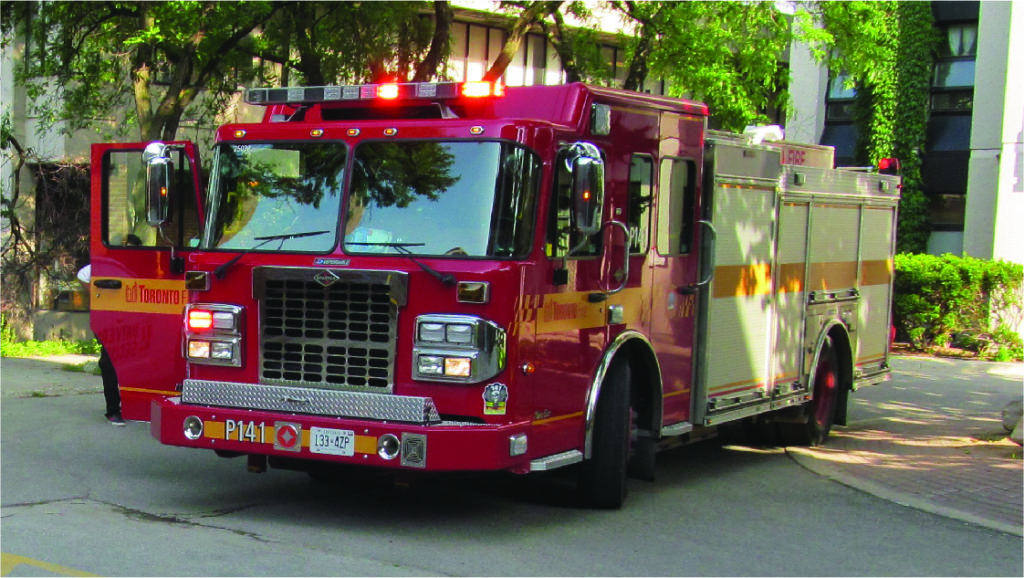Persons who may require assistance are all those who are limited by mobility, hearing, visual, and other cognitive/mental demands. Assistance may be temporary or permanent.
Persons Requiring Assistance will ONLY be evacuated if they are in physical danger, as it can expose them to unnecessary risk otherwise. They should follow these three procedures:
Shelter in Place
They will shelter in place, i.e. they will remain in an office or classroom, where there are additional fire separations to protect them and the sound of bells/horns do not cause the same degree of duress.
Contact Security
Security Services should be notified and provided with their location, status, and a callback number where they can receive a confirmation AFTER the event has concluded.
A volunteer shall exit and notify supervisory staff and/or firefighters of the location of the other individuals still in the building.
Imminent Danger
It is suggested (not required) that one volunteer remain with the person requiring assistance on the floor/area.
In the event of imminent danger, volunteers should consider attempting to relocate the person requiring assistance to a lower level utilizing a safe exit stairwell or move the person requiring assistance horizontally into another office, classroom or area away from the hazard.
Persons Requiring Assistance Form
To ensure your safety during an emergency in your building we are asking Individuals to self-identify if they would require assistance to evacuate safely, noting that in the event of a building evacuation, elevators would not be in service. Should you require assistance please follow the steps below:
- Complete the Persons Requiring Assistance (PRA) form questionnaire on page 2.
- Provide the document to your Manager.
- Your Manager will log the information and include in the department / Faculty’s safety plan
- Your Manager will forward the PRA in a sealed envelope marked CONFIDENTAL PRA to the Community Safety Department who will place the PRA in your building’s Fire Box.
- Your Manager will update the Community Safety Department if there is any change in your work or mobility status.

Special Assistance Group Program
Special Assistance Groups are teams of volunteers that are formed and led by Managers / Supervisors in workspaces to support co-workers who have self-identified as requiring special assistance during emergencies.
Groups members volunteer to remain with their co-worker on the floor/area during emergencies.
Another group member shall exit and notify supervisory staff and/or responders of the location of the other individuals still in the building.

Preparing for an emergency
Emergencies, fires, accidents and injuries can occur at any time and without warning. Being prepared and knowledgeable about York University’s emergency procedures is critical before, during and after an emergency situation.
The purpose of this guide is to assist persons with disabilities and community members in becoming familiar with this information. Please read this guide thoroughly before an emergency. It could perhaps save your life or the lives of others.
It is recommended that you self identify with Student Accessibility Services (SAS), your professors or class instructors. We encourage you to discuss your needs for evacuation assistance with your disability counsellor.
If you require assistance in planning your evacuation prior to an emergency, please contact Student Accessibility Services (SAS) or the Community Safety Department. In circumstances where an individual has not self identified but has a visible apparent need, community members may ask the individual directly if they require assistance in an emergency.
Please note that accessible formats and communications supports are available with respect to forms, guides, and other documentation, upon request.

